Individual Actions
Taking action is as easy as flicking a switch.
You don’t need a telescope, a stack of money, or a title to protect the night
Everyday actions can help restore our natural night environment.
From the lights you use at home to the conversations you spark in your community, small changes add up to a big impact. One of the biggest obstacles to reducing light pollution, or any change, is thinking it is someone else’s responsibility.
Keep scrolling to discover ways to get started.
Light Smarter at Home
Start with our Best Practice Outdoor Lighting Guides to reduce immediate impacts, but also think inside the home. TVs, ceiling lights, and reflective surfaces can leak light into the environment, but curtains and mindful switching can make a big difference.
Bright lighting in the evening can also delay melatonin release and disrupts your circadian rhythms – impacting sleep, mental health, and long-term well-being. So warm lighting and only using what you need inside is good for you too.
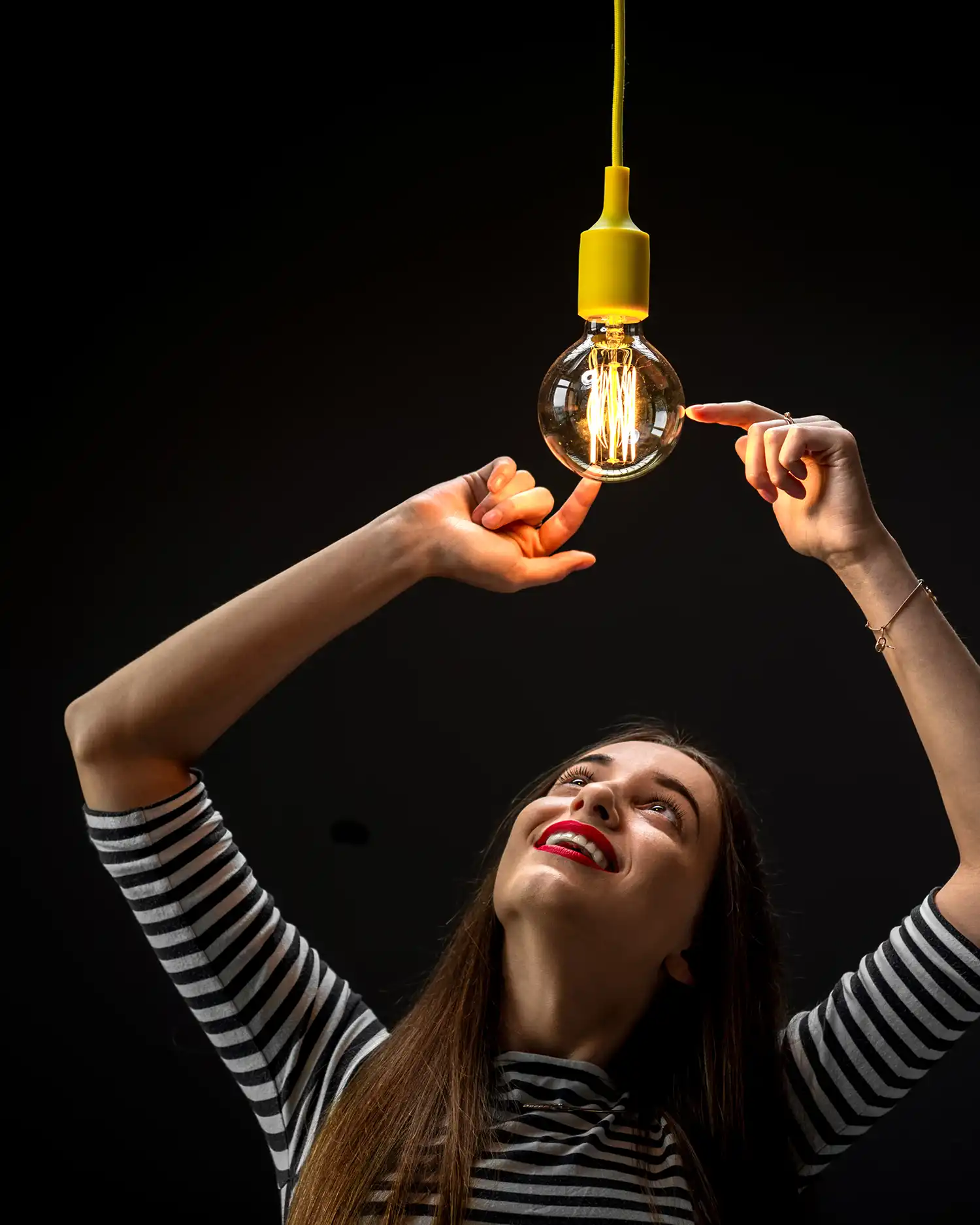
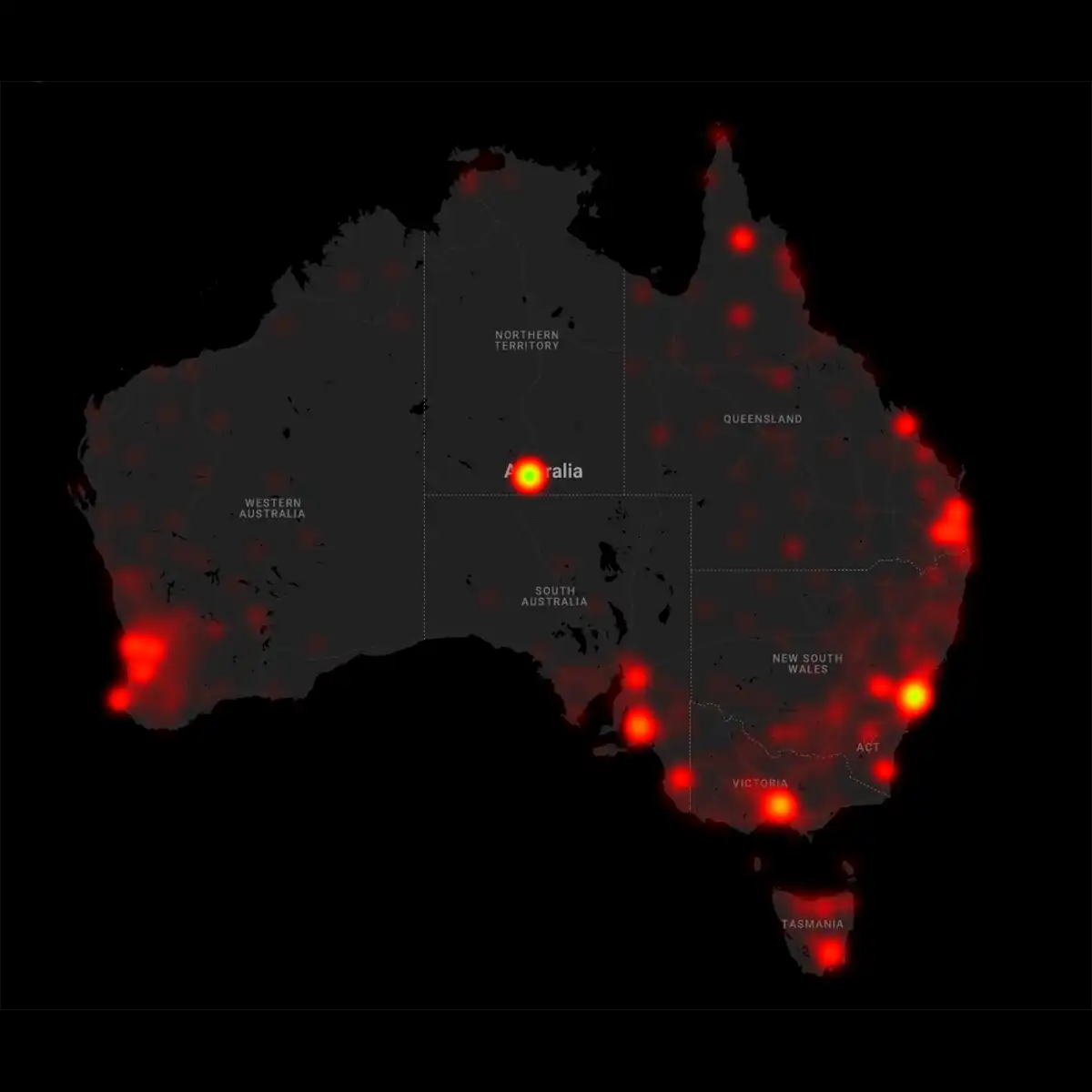
Image © Globe at Night
Join a Citizen Science Project
Advocate Locally
Want your community to take light pollution seriously? It starts with a conversation. Write to your local council and ask what they’re doing to protect the night.
Encourage your neighbours to dim or shield their lights. Share dark sky facts and photos online – or better yet, host a night walk or backyard stargazing night to inspire others.
The good news? Councils are ready to act. In a national report prepared by ADSA for the Department of Climate Change, Energy, the Environment and Water (DCCEEW), 79% of councils said they would support dark sky place-making – but most also said they needed their community to ask for it first.
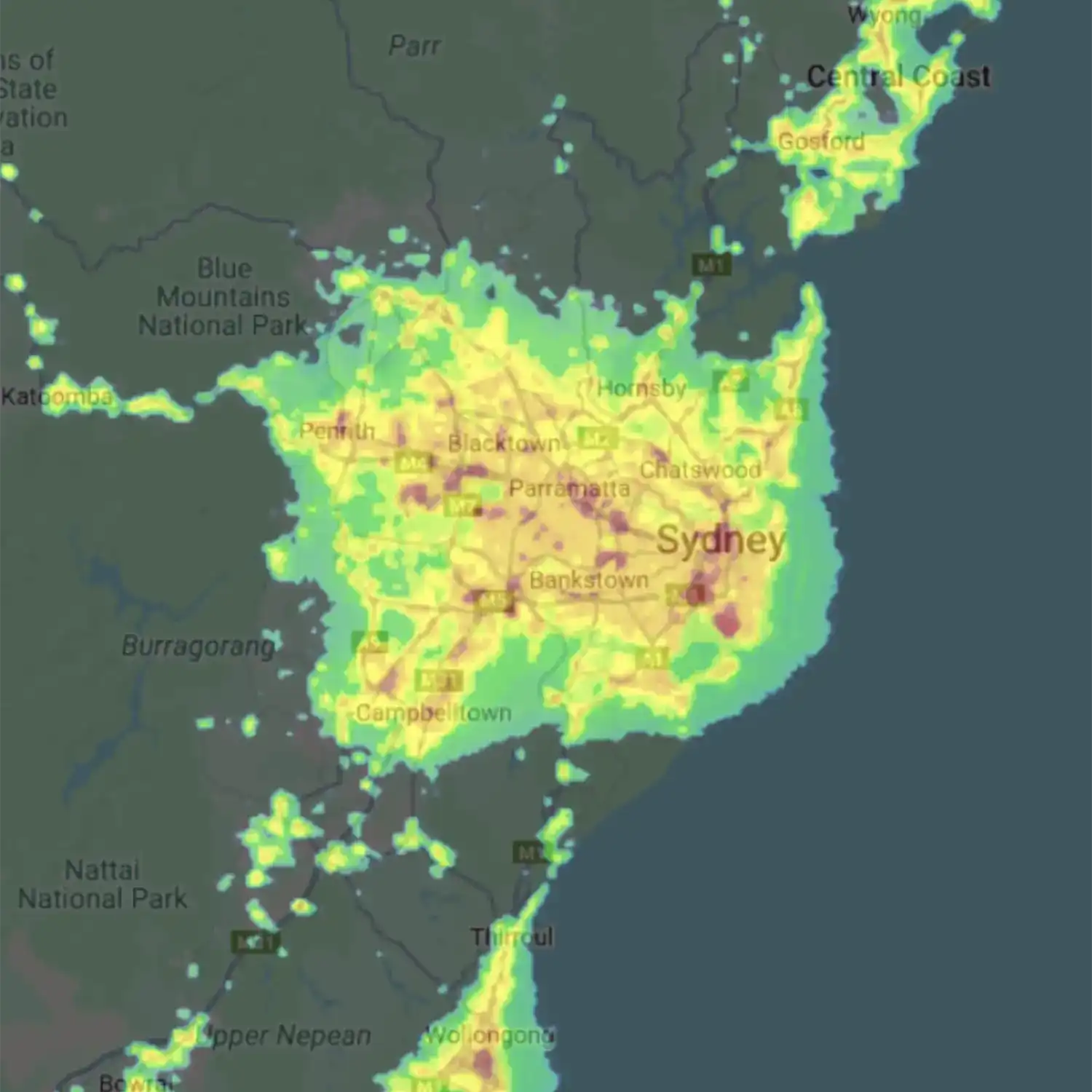
Image © Light Pollution Map
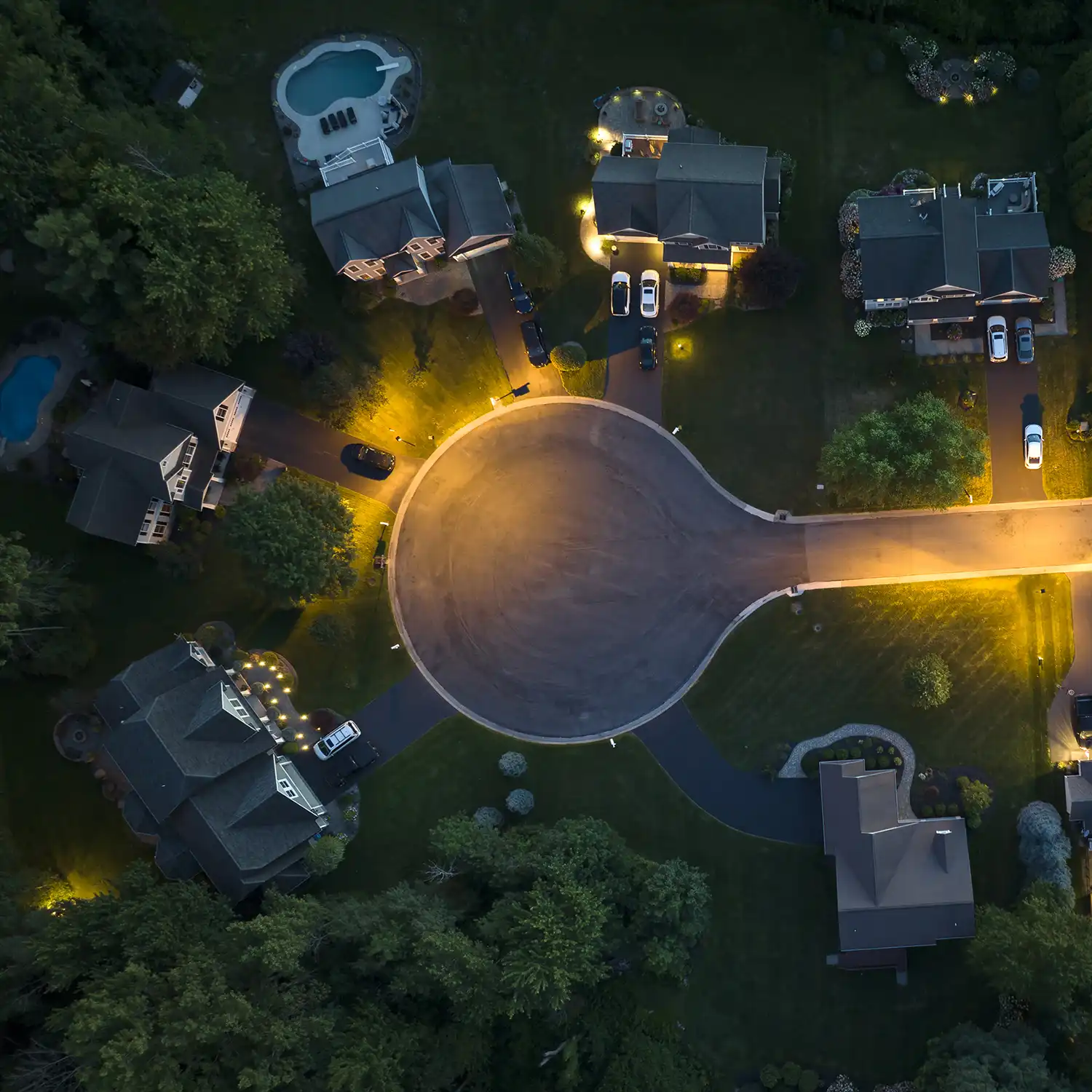
Certify Your Home
Wherever you live, protecting the night begins at home! This easy, family-friendly activity will guide you in reducing light pollution around your house, helping to create a healthy and vibrant night environment. Leave plenty of dark spaces for nocturnal animals to thrive, and consider adding hollows or nesting boxes to support local wildlife.
And for Festive Seasons? choose warm, energy-efficient lights in red, yellow, or amber shades – or opt for bows, ribbons, and other non-light decorations to celebrate without adding to light pollution. If you do use lights, set timers to keep their glow limited and protect the night sky.
Small changes at home make a big difference.
Take a Dark Sky Experience
Astrotourism offers more than a stunning night under the stars – it supports communities and protects natural darkness.
Visiting Dark Sky Places and taking a night time adventures helps preserve clear night skies and boosts sustainable tourism in small towns. Visitors contribute to local economies by choosing eco-friendly stays and authentic experiences.
Supporting Night Tourism providers also aids conservation efforts, raising awareness of the importance of darkness for wildlife and human health.
Whether you’re an astronomy fan or a casual stargazer, getting out in the dark connects you to nature and helps protect the night for future generations.
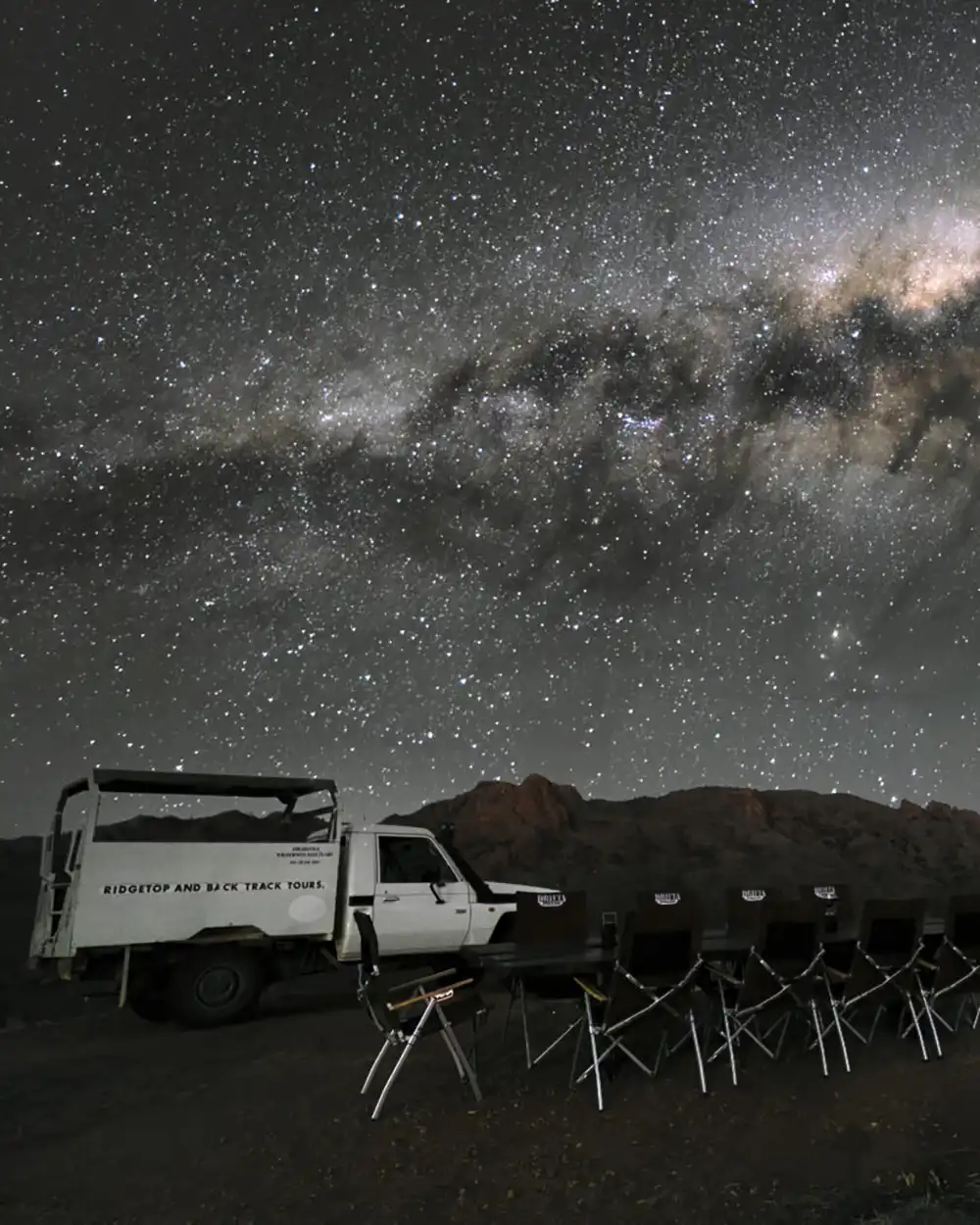
Image © Matthew Storer
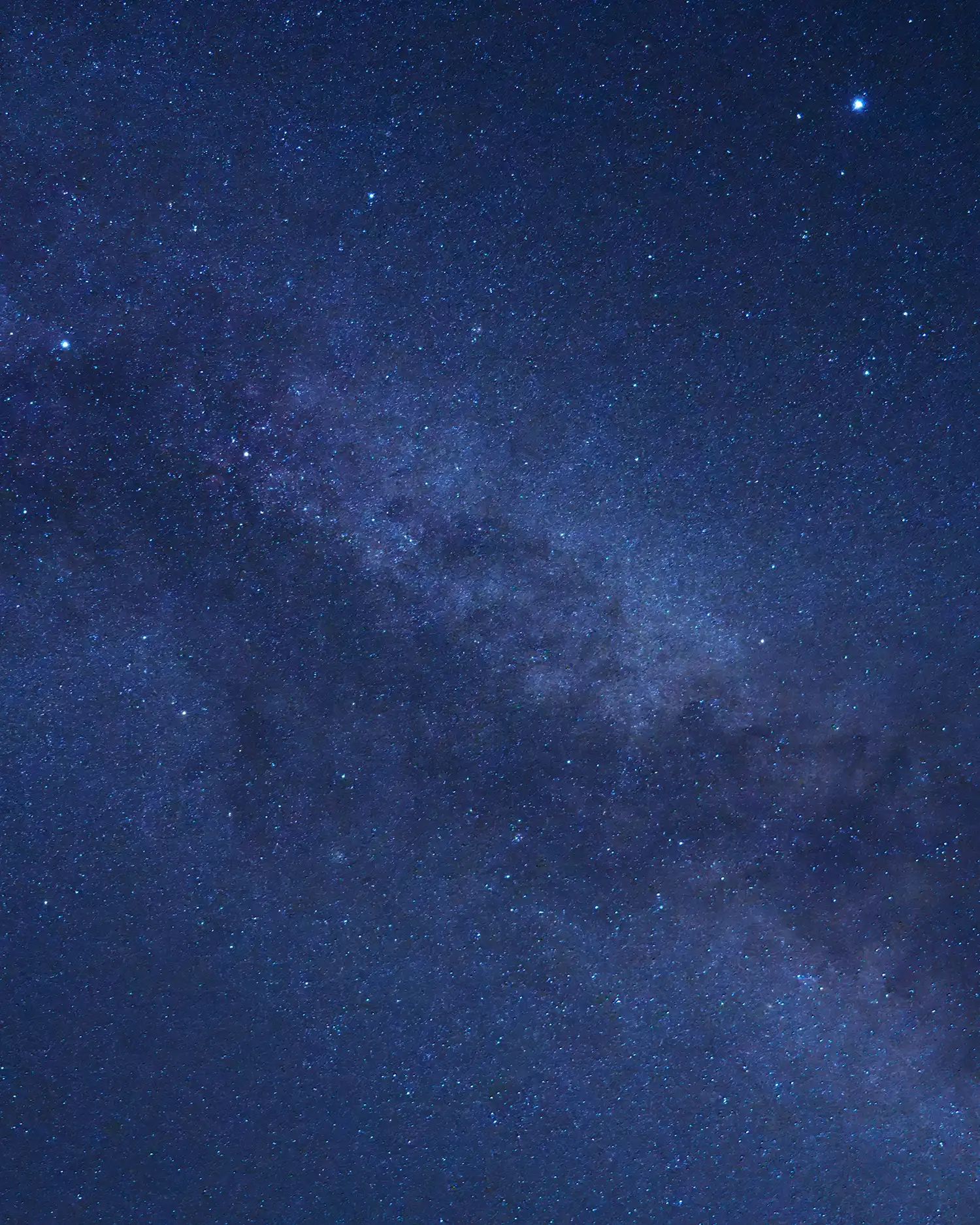
Every Star
Counts Toolkit
ADSA’s free toolkit to members explains light pollution impacts, and guides communities and councils in protecting and restoring dark skies. Sign up and receive:
- Protecting Bushland Environments from Light Pollution
- Protecting Marine Environments from Light Pollution
- Understanding AS 4282, AS 1158 and the National Light Pollution Guidelines
- How to Ask Your Council to Reduce Light Pollution
- Cultural Astronomy and Light Pollution
- Digital Billboards and Light Pollution
- Writing to your Council (Template Letter)
- Best Practice Outdoor Lighting Guide

